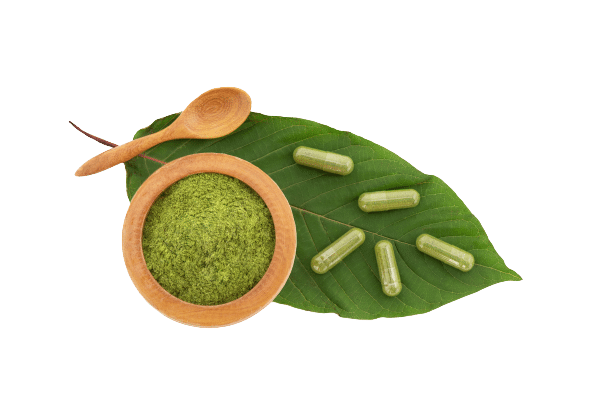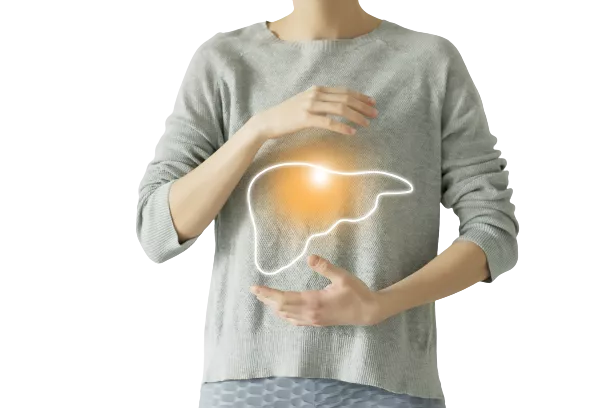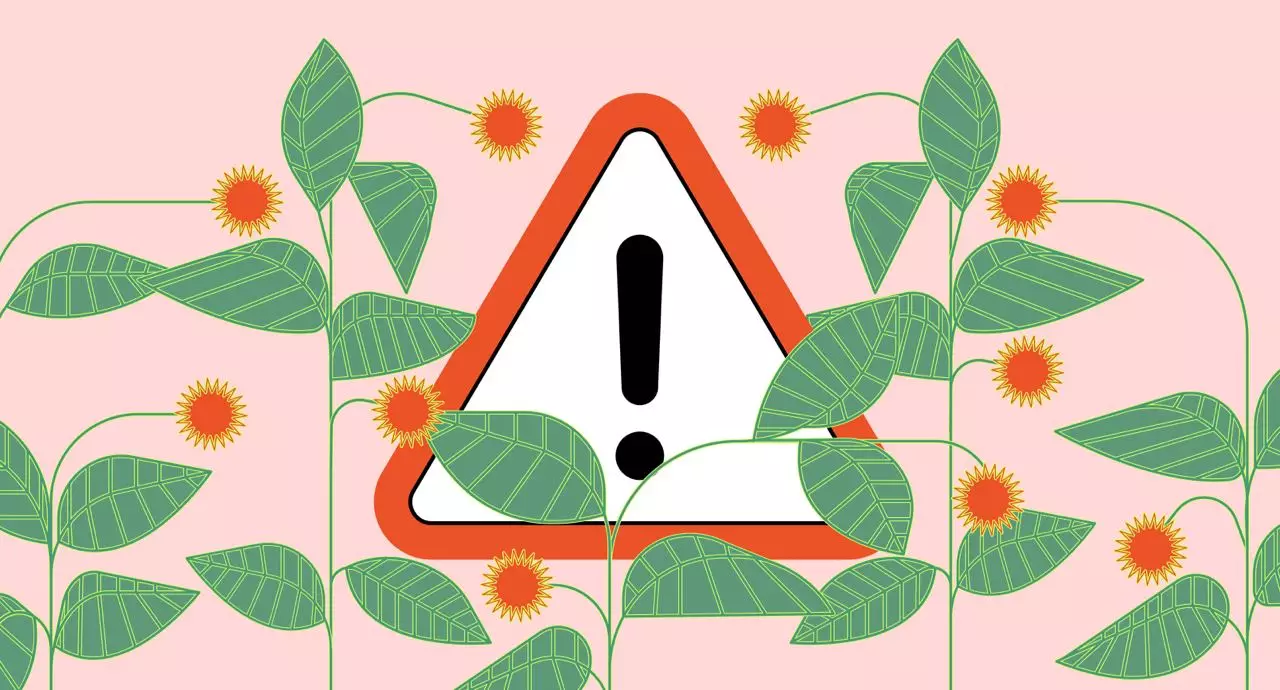Can You Overdose on Kratom?
Yes, it’s possible to overdose on kratom if you take too much.
The CDC states that in a single 18-month period, 91 people may have died, with kratom being a contributing factor. However, it is important to note that other substances were also involved in the majority of these cases. What does that mean?
The problem with this report is that kratom was not the primary reason for most of these fatalities. Kratom was found in the system at the time of death — but it doesn’t mean it was the reason they died.
Many of these deaths were because of other drug interactions; kratom was combined with something when it shouldn’t have been, such as excessive amounts of alcohol, prescription painkillers (such as morphine or oxycodone), or street drugs like heroin or fentanyl.
While it was pointed out that kratom was involved in 91 deaths, they also admitted that kratom was involved in less than 1% of the more than 27,000 fatal overdoses that were documented. This indicates that kratom may be less risky to use than other substances, such as conventional prescription opiates.
This may also be a reason why so many people have turned to kratom to break them away from their opioid addictions, helping them through their withdrawal process and eventually helping them quit the substance.
So it is clear that kratom could be a contributing factor in cases where an individual has overdosed, as many other things could have been contributing factors as well. Although, can it truly be the primary factor? Let’s compare kratom to something that has become a true crisis in the world today, opiates.
Why Kratom Is Not Like Traditional Opiates
The numbers that the CDC reports about kratom are remarkably low compared to opioids. In 2019, approximately 49,860 overdose deaths were caused by various opioids. In 2020, numbers reached an all-time high of 93,331 overdose deaths caused by opioids.
As we mentioned earlier, the numbers of kratom-related deaths were just 91 people in a period of 18 months. Also, you should keep in mind that kratom was considered a “contributing factor,” not the cause of death in the majority of these cases.
While some of the effects of kratom may feel physically similar to that of opioids, kratom does not interact with mu-opioid receptors the same way opiates do.
One study conducted on rodents revealed that Mitragynine appeared to develop analgesic tolerances much slower than morphine [1]. The study also showed limited physical dependence, constipation, and respiratory depression.
This evidence suggests that mitragynine, one of the main alkaloids found in kratom, may pave the way to new potential pain relievers in the future.
Less physical dependence and respiratory depression mark a major difference between kratom and traditional opiates. Opioids are commonly prescribed to individuals with chronic, acute, and terminal pain. However, abuse of these medications is incredibly common and presents an overdose risk to these patients [2].
Physical dependence and respiratory depression are very common side effects of using traditional opiates. Respiratory depression is one of the leading causes of death in relation to opioid overdose.

What Happens If I Take Too Much Kratom?
So now that we know that fatal overdosing on kratom is possible (but rare) let’s go over some of the symptoms you might experience if you were to take too high of a dose.
One of the main reasons why kratom overdose-related deaths are so rare is because of the self-limiting effect of kratom. If you take too much kratom, it makes you feel nauseous. If you keep taking more kratom past this point, you’ll start to throw up — effectively ejecting unabsorbed kratom from the gut.
By this time, you’re going to feel horrible. You’ll be dizzy, nauseous, tired, and you may have severe diarrhea to boot. It’s very unlikely for anybody to want to keep drinking kratom past this point.
Conversely, prescription opiates are extremely easy to overdose on because all you need to reach this point is a few extra milligrams or pills. By the time your body realizes you’ve taken too much, it’s too late.
Signs that you’ve had too much kratom:
- Agitation or irritability
- Dizziness, especially when standing
- Drowsiness & extreme fatigue
- Dry mouth
- Hallucinations or delusions
- Headaches
- High blood pressure
- Nausea & vomiting
- Slowed or difficult breathing
If you begin vomiting violently, pass out or faint, or start to hallucinate, it’s time to go to the hospital. If you’re alone, call 911 immediately.
If you’re experiencing signs of an overdose but aren’t experiencing the severe signs listed above, the best course of action is to first stop taking kratom, drink plenty of water, eat some nutritious food (not snacks or candy), and find a quiet place to rest and sober up.
It’s always a good idea to have someone around who is in a sober state of mind when using kratom — especially in higher doses. Never take kratom in high doses if you’re going to be alone.

What’s the Dose of Kratom?
As long as you use kratom within the recommended dose range of 1–12 grams of dried leaf powder, you’re unlikely to experience any severe symptoms.
With that said, if you’re a smaller person or more sensitive to kratom, you may need an even lower dose to avoid feeling any side effects.
Everybody reacts to kratom differently, so listen to your body. Don’t let anybody peer pressure you into taking more than you think you need.
Using kratom responsibly means taking as much as you need without going overboard. There’s no reason to take huge quantities of kratom.
General kratom dosage guidelines:
- Dose for Energy Boost & Stimulation — 1-3 grams
- Dose for Increase Stimulation — 3-5 grams
- Dose for Pain Relief & Mild Euphoria — 4-6 grams
- Dose for Sedating & Euphoric Effects — 6-8 grams
Doses over 8 grams can be incredibly overwhelming for newer users. Beginners should always start with lower doses (between 1-3 grams). You can see how it affects you and judge how much you want to add to your next dose, if any.
More experienced users usually take doses between 4-12 grams in one sitting, depending on the strains and desired effects.

Is Kratom Safe?
Kratom is safe so long as you use it responsibly and you do your part to obtain your kratom from a reputable and trustworthy source.
Using kratom responsibly refers to following the general dosage guidelines, not going overboard with doses, and not using kratom constantly. Using too much kratom or taking high doses every day could potentially lead to addiction.
So what are the real health risks associated with using kratom? Let’s get right into it.
Long-Term Effects of Using Kratom
It is worth noting that long-term use of kratom may produce some physical and psychological effects that are similar to those experienced in periods of kratom withdrawal [3].
Some of the symptoms associated with kratom withdrawal include:
- Irritability
- Jitters
- Joint or bone pain
- Mood swings
- Muscle aches
- Runny nose
There has also been some evidence that long-term, high-dose kratom use can be damaging to the liver [4].
The list of benefits that kratom has to offer is much longer than the negatives; take at the most common, most favored uses of kratom.

What Are the Benefits of Kratom?
Using kratom occasionally is not a cause for concern, as the herb has been used medicinally for centuries.
Kratom may be able to help with a variety of different issues depending on the dose, strain selection, and individual factors.
The most common uses for kratom include:
- Increased energy
- Increased concentration & focus
- Decreased stress levels
- Enhanced mood
- Analgesic effects (Painkiller)
- Relaxing effects (Anxiolytic)
- Sedating effects (Sedative)
Why Kratom Strain Selection Matters
The kratom strain you choose plays a role in both the beneficial properties and potential side effects you should expect.
Some strains are considered much better for beginners, while others are recommended for more experienced users due to their high potency and strength.
- White vein kratom is known for being highly stimulating and increases focus and concentration.
- Red vein strains are better for relaxing and providing some degree of pain relief due to the sedation factor.
- Green vein strains are the middle ground between red and white, offering some relaxation and calmness along with increased energy levels and motivation.

Bottom Line: Can Kratom Cause An Overdose?
Overdosing on kratom is possible, yes. However, it is not a common occurrence and is rarely fatal.
Not many people have overdosed on kratom alone without some other substance or some type of underlying health condition at play.
Overdosing on kratom isn’t typically a concern unless you’re taking extremely large doses (not recommended) or mixing kratom with other painkillers, alcohol, or prescription medications.
- Váradi, A., Marrone, G. F., Palmer, T. C., Narayan, A., Szabó, M. R., Le Rouzic, V., … & Majumdar, S. (2016). Mitragynine/corynantheidine pseudoindoxyls as opioid analgesics with mu agonism and delta antagonism, which do not recruit β-arrestin-2. Journal of medicinal chemistry, 59(18), 8381-8397.
- Ricardo Buenaventura, M., Rajive Adlaka, M., & Nalini Sehgal, M. (2008). Opioid complications and side effects. Pain Physician, 11, S105-S120.
- Vento, A., de Persis, S., De Filippis, S., Schifano, F., Napoletano, F., Corkery, J. M., & Kotzalidis, G. D. (2021). Treatment of kratom use disorder with a classical tricyclic antidepressant: A case report and review. Frontiers in Psychiatry.
- Schimmel, J., & Dart, R. C. (2020). Kratom (Mitragyna Speciosa) liver injury: a comprehensive review. Drugs, 80(3), 263-283.










